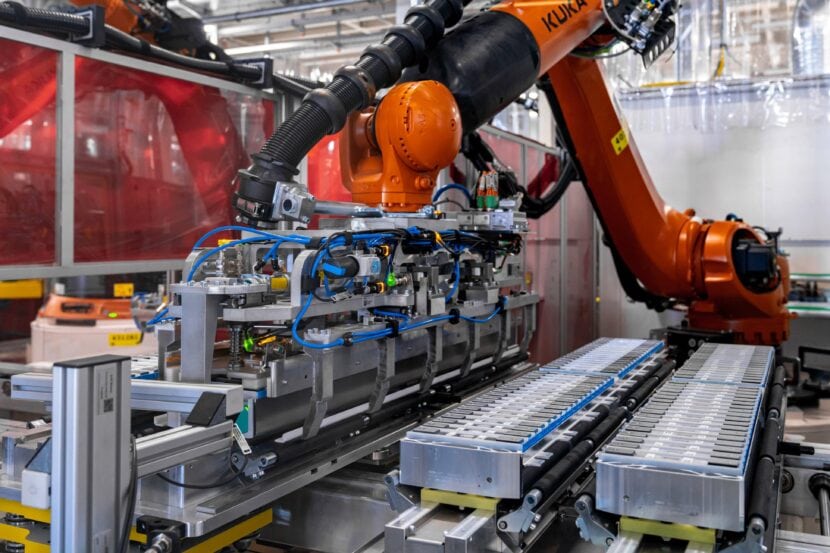It’s a courageous new world for fanatics and laypeople on the subject of electrical autos. Through the years, we’ve needed to familiarize ourselves with a wide range of phrases that hardly ever – if ever – appeared within the automotive lexicon. One space of minutia relating to EVs is battery chemistry; particularly, lithium ion sort. At this time, we’re having a look on the two most typical battery variants: LFP (lithium iron phosphate) and NMC (nickel manganese cobalt). And, after all, how they relate to the BMW electrical autos of as we speak and tomorrow.
What’s the Distinction: LFP and NMC
So, let’s begin with what’s at the moment (hah!) the most typical battery sort discovered below the sheet steel of electrical autos: NMC batteries. NMC batteries are denser than LFP batteries, and usually extra immune to temperature extremes. These two causes alone make them a strong alternative for automotive purposes. Being denser, NMC enable automakers to additionally cut back weight – growing efficiency and, theoretically, vary. NMC batteries usually tout a life cycle of ten or so years and provide between 1,000 and a couple of,500 cost cycles.
The choice to NMC batteries addresses a number of the well-publicized shortcomings they’ve. Whereas much less dense, LFP batteries are extra steady. They don’t launch oxygen in the event that they catch fireplace, and thermal runaway is much less probably resulting from a better onset temperature. LFP batteries provide an extended projected lifespan and promise 2,500-5,000 cycles with none worries. LFP rigs are a little bit extra user-friendly, too, since it’s also possible to repeatedly cost to one hundred pc and never have to fret as a lot about degradation, not like with an NMC battery.
A massively vital factor to think about is that LFP batteries additionally price much less to supply and are thought of a extra sustainable choice, avoiding heavy metals like cobalt and nickel. Whereas generally incorrectly touted as being “non-toxic,” LFP batteries are nonetheless much less poisonous than NMC. To summarize: LFP batteries are much less dense – which suggests much less vary – and provide much less resistance to temperature differentials. However, they’re cheaper, higher for the atmosphere, and provide an extended lifespan.
Do BMW Automobiles Use LFP or NMC Batteries?
As of this writing, all BMW autos depend on NMC batteries. Utilizing a “nickel-rich chemistry” – because the BMW i4 and BMW iX do – ensures that every one present BMW batteries are NMC. However BMW has talked extensively about their Gen6 battery tech. It ought to debut on the Neue Klasse vehicles starting manufacturing subsequent yr. Whereas the main target has largely been on strong state batteries, BMW additionally mentions that their “sixth-generation battery expertise additionally affords the choice of utilizing cathodes made from lithium iron phosphate (LFP) for the primary time” in a press launch from 2022.
Wait, So, Which Aspect Are We On?
Each LFP and NMC batteries have benefits, nevertheless it’s fairly clear that LFP is the extra sustainable alternative. The diminished toxicity and better lifespan alone make them a “step ahead” in that sense. What’s a disgrace is that from a efficiency standpoint, NMC batteries are seemingly superior, providing a better density (and the related advantages, like decrease weight) and higher efficiency.
Hopefully, BMW implements different modifications that hold weight cheap – I don’t know if the web can collectively abdomen a fair heavier BMW M5 within the 2030s. Maybe notably, Tesla nonetheless makes use of NMC of their efficiency autos – i.e., the Mannequin 3 Efficiency and Mannequin S Plaid. So, it’s theoretically doable that some next-gen BMW EVs will run LFP whereas efficiency fashions use NMC. Solely time will inform.




